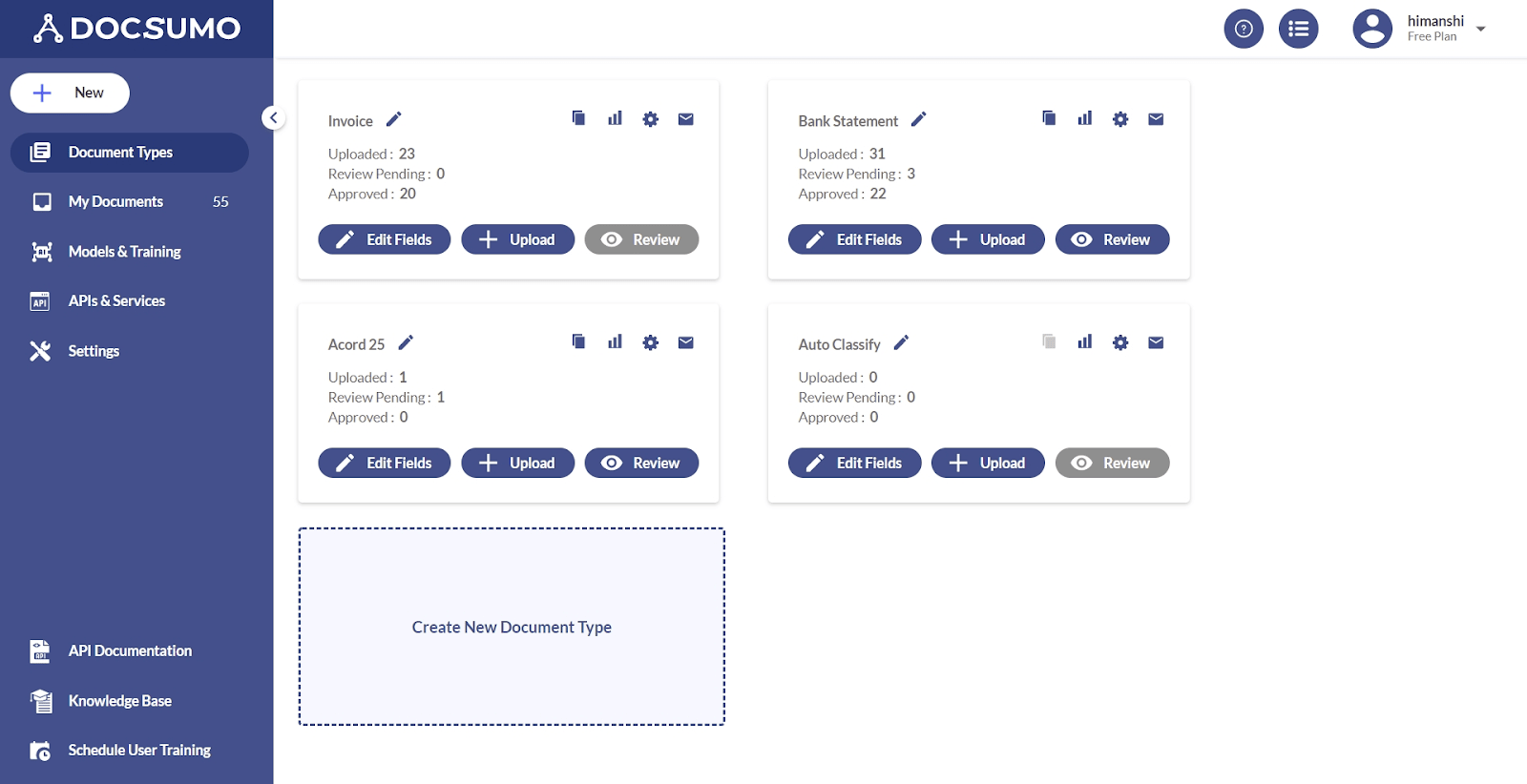Carbon Sequestration 101: Expert Tips

In the ongoing battle against climate change, one strategy has emerged as a powerful tool: carbon sequestration. This process, which involves capturing and storing carbon dioxide (CO2) from the atmosphere, plays a crucial role in mitigating the impacts of global warming. With a growing understanding of the urgency and potential of carbon sequestration, it's time to delve into the intricacies of this practice and explore the expert tips that can make a significant difference.
Understanding Carbon Sequestration: A Powerful Strategy

Carbon sequestration is a multifaceted approach that encompasses various natural and technological methods to remove CO2 from the atmosphere and store it safely. While the concept might seem straightforward, the implementation and effectiveness of different sequestration techniques vary greatly. From natural processes like reforestation and soil management to innovative technologies such as direct air capture and carbon storage, there’s a diverse toolkit available to combat climate change.
One of the most well-known and widely implemented methods of carbon sequestration is reforestation. Trees, through the process of photosynthesis, absorb CO2 and convert it into oxygen and organic matter. This natural mechanism not only reduces the concentration of greenhouse gases in the atmosphere but also provides numerous co-benefits, including improved air quality, enhanced biodiversity, and increased resilience to extreme weather events. Reforestation projects have gained significant traction in recent years, with initiatives like the Trillion Trees Campaign aiming to restore degraded landscapes and boost carbon sinks.
However, the story doesn't end with reforestation. Agricultural practices, when managed sustainably, can also contribute significantly to carbon sequestration. Techniques such as conservation agriculture, which involves minimal soil disturbance, crop rotation, and the use of cover crops, promote carbon absorption and retention in the soil. Additionally, practices like agroforestry, which combine trees and crops in a symbiotic relationship, further enhance carbon sequestration while providing economic benefits to farmers.
On the technological front, direct air capture (DAC) has emerged as a promising approach. DAC systems use chemical processes to capture CO2 directly from the air, offering a more targeted method of carbon removal. While still in its early stages of development, DAC has the potential to become a critical component of global carbon reduction strategies. Companies like Climeworks and Carbon Engineering are leading the way in this field, with innovative technologies that capture CO2 for permanent storage or reuse in various industries.
Maximizing Effectiveness: Expert Tips for Carbon Sequestration

While the potential of carbon sequestration is immense, maximizing its effectiveness requires a nuanced approach. Here are some expert tips to enhance the impact of carbon sequestration efforts:
Prioritize Biodiversity
When implementing reforestation or restoration projects, it’s crucial to prioritize biodiversity. Diverse ecosystems are more resilient and efficient in carbon sequestration. By selecting a variety of native tree and plant species, these projects can not only store more carbon but also support a rich array of wildlife and enhance overall ecosystem health.
For instance, in the Amazon rainforest, the world's largest carbon sink, the diversity of plant species plays a critical role in carbon absorption. Each species contributes uniquely to the ecosystem's ability to sequester carbon, highlighting the importance of preserving and restoring biodiversity in carbon sequestration efforts.
Optimize Soil Health
Soil, often referred to as the “silent ally” in the fight against climate change, holds immense potential for carbon sequestration. By adopting sustainable agricultural practices, farmers can enhance the carbon-absorbing capacity of their soils. Techniques like no-till farming, which minimizes soil disturbance, and cover cropping, which keeps the soil covered year-round, can significantly increase carbon storage in agricultural lands.
Furthermore, practices such as composting and manure management can improve soil health and carbon retention. These methods not only enhance the soil's ability to absorb and store carbon but also improve its fertility and water-holding capacity, leading to more resilient and productive farms.
Explore Blue Carbon
Carbon sequestration isn’t limited to terrestrial ecosystems. Coastal and marine environments, often referred to as blue carbon sinks, play a critical role in carbon storage. Mangrove forests, seagrass meadows, and salt marshes are highly efficient at capturing and storing carbon, often at rates several times higher than terrestrial forests.
Preserving and restoring these blue carbon ecosystems is essential. For example, mangrove forests, which are found in tropical and subtropical regions, not only sequester carbon but also provide critical habitats for a variety of marine species. Protecting and restoring these ecosystems not only benefits the climate but also supports coastal communities and enhances biodiversity.
Integrate Technological Innovations
While natural solutions are powerful, technological innovations can further enhance carbon sequestration efforts. Direct air capture technologies, for instance, offer a more precise approach to carbon removal. These systems can be integrated into various industrial processes, providing a means to capture and utilize CO2 emissions before they are released into the atmosphere.
Additionally, advancements in carbon capture and storage (CCS) technologies are paving the way for the permanent storage of captured CO2. These methods involve capturing CO2 from large emission sources, such as power plants and industrial facilities, and injecting it deep underground for long-term storage. While CCS technologies are still developing, they hold promise for significantly reducing carbon emissions from hard-to-abate sectors.
Performance Analysis: Measuring the Impact
Evaluating the performance of carbon sequestration efforts is crucial to understanding their effectiveness and identifying areas for improvement. Several key metrics and indicators are used to assess the impact of carbon sequestration projects:
| Metric | Description |
|---|---|
| Carbon Capture Rate | The amount of CO2 captured per unit area or volume, often measured in tons of CO2 per hectare or per unit of technology. |
| Carbon Storage Capacity | The maximum amount of CO2 that can be stored in a given ecosystem or technology, expressed in tons of CO2. |
| Carbon Sequestration Efficiency | The ratio of captured CO2 to the total CO2 emissions, expressed as a percentage. This metric helps evaluate the effectiveness of carbon sequestration methods. |
| Cost-Effectiveness | The cost per ton of CO2 captured or stored, considering the financial investment and operational costs associated with the sequestration method. |
| Environmental Co-Benefits | The additional benefits of carbon sequestration efforts, such as improved air and water quality, biodiversity conservation, and ecosystem resilience, which can be quantified and assessed. |

By analyzing these metrics, experts and policymakers can make informed decisions about the allocation of resources and the development of carbon sequestration strategies. Performance analysis also helps identify the most effective methods for specific ecosystems or industries, ensuring that efforts are targeted and impactful.
Future Implications: A Sustainable Path Forward
Carbon sequestration is not a standalone solution to climate change, but rather a critical component of a comprehensive strategy. As the world continues to pursue net-zero emissions targets, the role of carbon sequestration will become increasingly significant. Here are some key implications for the future of carbon sequestration:
Scalability and Accessibility
One of the primary challenges in carbon sequestration is scalability. Many natural solutions, such as reforestation, require significant land areas. To address this, innovative technologies like DAC and improved agricultural practices will need to be scaled up and made more accessible to a wider range of industries and regions.
Policy and Incentives
Strong policy frameworks and incentives are essential to drive the adoption of carbon sequestration practices. Governments and international organizations can play a crucial role in promoting and supporting carbon sequestration initiatives through regulatory measures, financial incentives, and research funding. Clear and consistent policies can provide the necessary framework for businesses and communities to invest in and implement effective carbon sequestration strategies.
Integration with Other Climate Solutions
Carbon sequestration should be integrated with other climate solutions, such as renewable energy, energy efficiency, and sustainable transportation, to create a holistic approach to climate change mitigation. By combining these strategies, the impact of each can be amplified, leading to more rapid and effective progress towards global climate goals.
Public Awareness and Engagement
Raising public awareness about the importance of carbon sequestration and its role in climate change mitigation is crucial. Educating communities about the benefits of sustainable practices, such as tree planting and responsible land management, can lead to widespread participation and support for carbon sequestration initiatives. Public engagement can also drive demand for products and services that prioritize carbon neutrality and sustainability.
Long-Term Planning and Monitoring
Carbon sequestration is a long-term endeavor, and effective strategies require careful planning and monitoring. Regular assessments of carbon stocks, ecosystem health, and the overall effectiveness of sequestration methods are essential to ensure that efforts are on track and to identify areas for improvement. Long-term planning also involves considering the potential impacts of climate change on carbon sequestration capacity, such as increased drought or extreme weather events.
How much carbon can be sequestered through reforestation projects?
+
Reforestation projects can sequester a significant amount of carbon. On average, a mature tree can absorb and store up to 48 pounds of carbon dioxide per year. However, the exact amount of carbon sequestered depends on various factors, including tree species, forest age, and environmental conditions. In general, reforestation efforts can have a substantial impact on carbon reduction over time.
What is the potential of blue carbon ecosystems in carbon sequestration?
+
Blue carbon ecosystems, such as mangroves, seagrass meadows, and salt marshes, have a remarkable capacity for carbon sequestration. These ecosystems can store carbon at rates several times higher than terrestrial forests. For example, mangrove forests can store up to four times more carbon per hectare than tropical rainforests. Protecting and restoring these blue carbon sinks is essential for maximizing carbon sequestration efforts.
How can individuals contribute to carbon sequestration efforts?
+
Individuals can contribute to carbon sequestration in various ways. Some simple actions include supporting reforestation initiatives, adopting sustainable agricultural practices (e.g., composting, reducing food waste), and advocating for policies that promote carbon sequestration. Additionally, individuals can offset their carbon footprint by investing in carbon credits or supporting organizations focused on carbon removal and storage.



